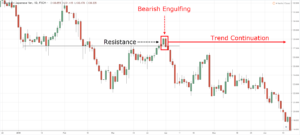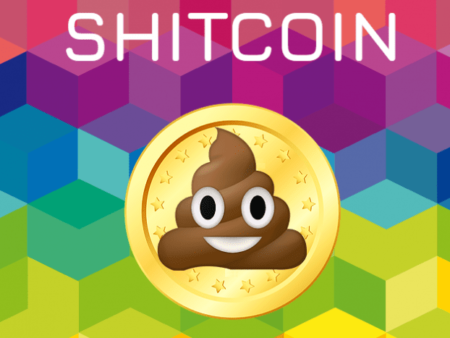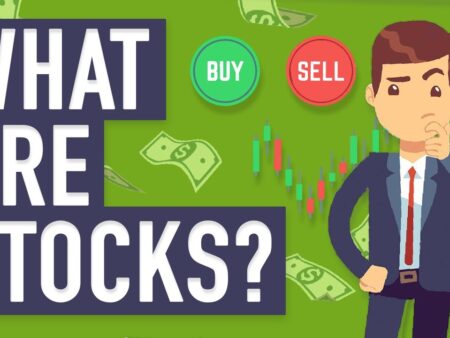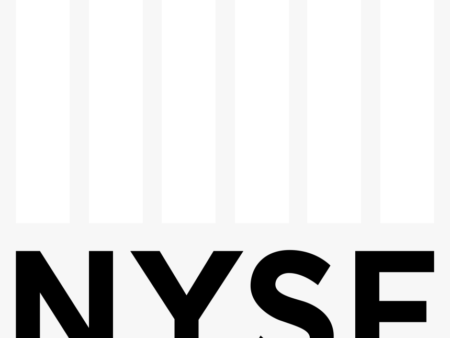
A bullish engulfing pattern is formed by a white candlestick that begins lower than where it ended the previous day and ends higher than where it began the previous day. A small black candlestick, representing a bearish trend, is followed the next day by a large white candlestick, representing a bullish trend, with the latter candlestick’s body completely engulfing or overlapping the former.
A bearish engulfing pattern would be shown in contrast to a bullish one.
How should a bullish engulfing pattern be interpreted?
The bullish engulfing pattern is defined by two-candle candlestick reversal patterns. Regardless of the size of the tail shadows, the second candle completely “engulfs” the true body of the first candle.
This pattern appears during a decline and consists of a smaller hollow candle followed by a larger black candle. On the second day of the pattern, the price opens lower than the previous low, but buying pressure causes it to rise to a higher level than the previous high, resulting in a clear victory for the buyers.
Why would there be a bullish engulfing pattern?
A bullish engulfing pattern consists of more than just a white candlestick showing price movement up, followed by a black candlestick showing price movement down. The body of the white candlestick would not have been able to swallow the black candlestick from the day before if the price had not gapped down.
Because the stock opens lower than it did on Day 1 and closes higher than it did on Day 1, the white candlestick in a bullish engulfing pattern denotes a day where bears initially controlled the price of the stock in the morning before bulls decisively took control by the end of the day.
On the white candlestick of a bullish engulfing pattern, the upper wick is usually modest. Because the stock closed at or very close to its highest price, this indicates that the day ended with the price still rising sharply upward.
Illustration of a bullish engulfing pattern
As a historical example, consider the stock of Philip Morris (PM). The stock of the corporation performed exceptionally well in 2011 and has continued to rise. However, the stock fell in 2012.
On January 13, 2012, a bullish engulfing pattern formed as the price increased from the day’s opening price of $76.22 to $77.32.
When the stock slightly underperformed, the previous day’s intraday range was overshadowed by this positive day. The action showed that the bulls were still in control and that the uptrend could see another wave.
Bullish engulfing candle reversals
Investors should also pay close attention to the candlesticks that preceded the two that comprise the bullish engulfing pattern. Given this larger context, it will be easier to determine whether the bullish engulfing pattern represents a genuine trend reversal.
Conclusion
Candles that completely engulf one another indicate a market trend reversal. There are two candles in this pattern, with the second candle “engulfing” the first candle’s entire body. An engulfing candle can be bullish or bearish depending on where it is in relation to the trend.



